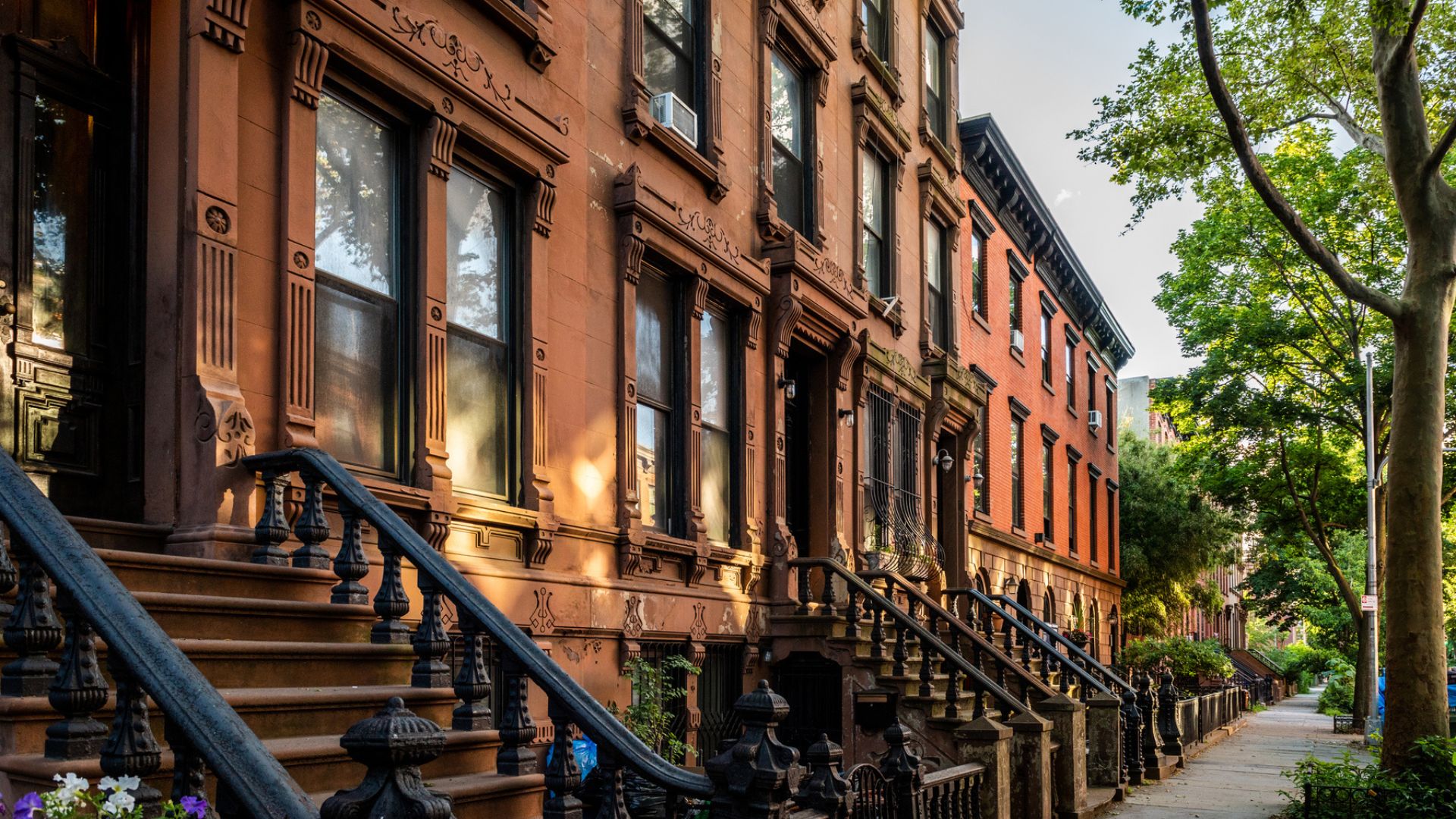Is Built-To-Rent the Future of Multifamily Living?

In recent years, the American dream of home ownership has significantly transformed, with a rising trend towards Built-to-Rent (BTR) communities. This shift marks a notable cultural evolution in housing preferences, as more individuals are gravitating towards the flexibility and convenience offered by BTR living.
One of the critical factors driving this trend is the fluctuating mortgage rates. The instability in these rates has increased hesitancy among potential home buyers, making long-term home purchases a less appealing option. Consequently, renting, particularly in BTR communities, has emerged as a more attractive alternative.
Understanding Built-To-Rent (BTR) Communities
BTR homes are unique; they are clustered together, forming a community with shared amenities. This setup is akin to an apartment community but is laid out horizontally. These communities offer the benefits of single-family homes with the added perks of multifamily living.
The emergence of BTR housing is increasingly recognized as a promising trend in multifamily living. This new housing model addresses various market demands, including the need for affordable housing. By enabling faster construction of housing units, BTR communities can potentially mitigate the affordable housing shortage.
One of the attractive features of BTR communities is the balance they strike between tenant privacy and ease of management for landlords. Tenants enjoy the seclusion of single-family homes without the burden of external maintenance, while landlords benefit from high tenant renewal rates and simplified property management.
This shift towards BTR communities reflects evolving housing preferences in the real estate landscape. It indicates a growing desire among people for a hassle-free, community-oriented lifestyle. The traditional model of owning a home is being reconsidered in favor of more adaptable and communal living arrangements.
BTR and the Affordable Housing Shortage
Repeatedly underscored in housing discussions is the potential of BTR communities to address the affordable housing crisis. Their construction process allows for the quicker development of housing units, offering a viable solution to this persisting issue.
Currently, BTR represents a small yet rapidly expanding segment of the housing market. There has been a significant increase in new BTR units, signaling a future where this form of housing could become a mainstream option.
At SMART Apartment Data, we track BTR properties nationwide, and from our research into the Texas market, there are currently 19 BTR properties in various stages of development across the state as of Q4 2023.
What’s particularly interesting is the range in the size of these developments, as indicated by the number of units. The smallest of these properties has just 56 units, while the largest boasts as many as 500 units.
Furthermore, a significant number of these BTR properties are located in Houston, San Antonio, and the Dallas-Fort Worth (DFW) area.

If you are seeking reliable and more detailed data on built-to-rent properties, SMART Apartment Data is your go-to solution. Get Started Now.
For more in-depth analysis, innovative solutions, and the latest updates on the multifamily space, please visit the news section of the SMART website.
Ready to close more deals and exceed sales goals?
Meet with a data expert and discover how Smart connects companies like yours with industry leaders.
Related articles
Proud members of












